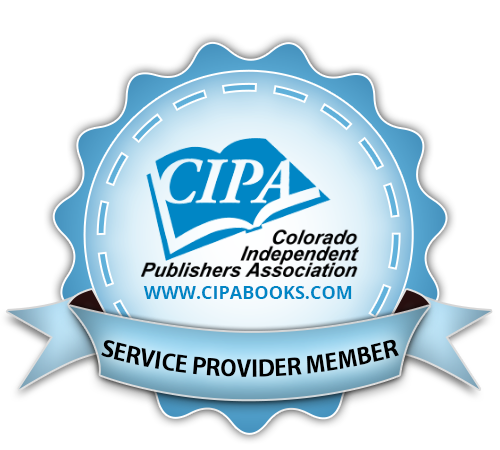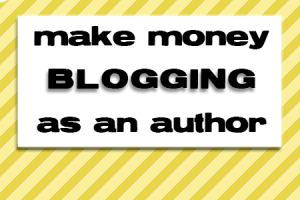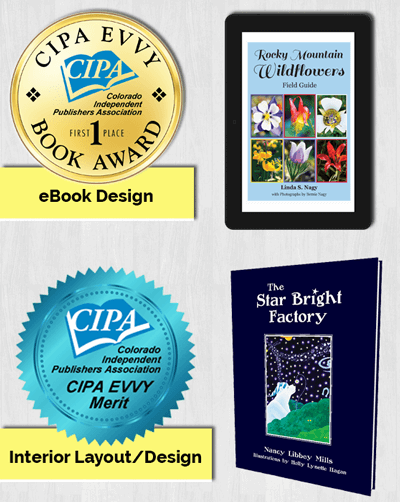The Art of the Book Pitch *
by Joel Friedlander
In December, I had the good fortune to be invited to participate in Pitch 2.0, a community outreach event in Seattle organized by CreateSpace. The team at CreateSpace assembled a group of editors, mostly from the Pacific Northwest, to act as advisors and “pitch consultants” for any authors who wanted to sign up for the free event.
I’ve never seen a pitch event that didn’t sell out, and this one was no exception. Unlike other events, however, where authors don’t know until they arrive whether they will actually get to pitch or not, CreateSpace decided to create a reservation system giving everyone a chance to have their pitches heard, not once, but by two different editors. No editor can be equally familiar with all genres, so getting more than one opinion is a great way for an author to receive more balanced feedback.
In fact, some authors adjusted and improved their pitches between “performances” and so were able to use the input they were getting on the spot. I heard pitches about novels, fantasies, nonfiction books, children’s books, and others. So how did it go?
The Problem with Pitching
Some of the pitches were great, but on the whole, it was clear that there was some confusion amongst authors about what the pitch is and what to do with it. Instead, I heard a lot of [CLICK HERE TO READ THE REST OF THE ARTICLE.]
*Article snippet from https://www.createspace.com/en/community/docs/DOC-1841





